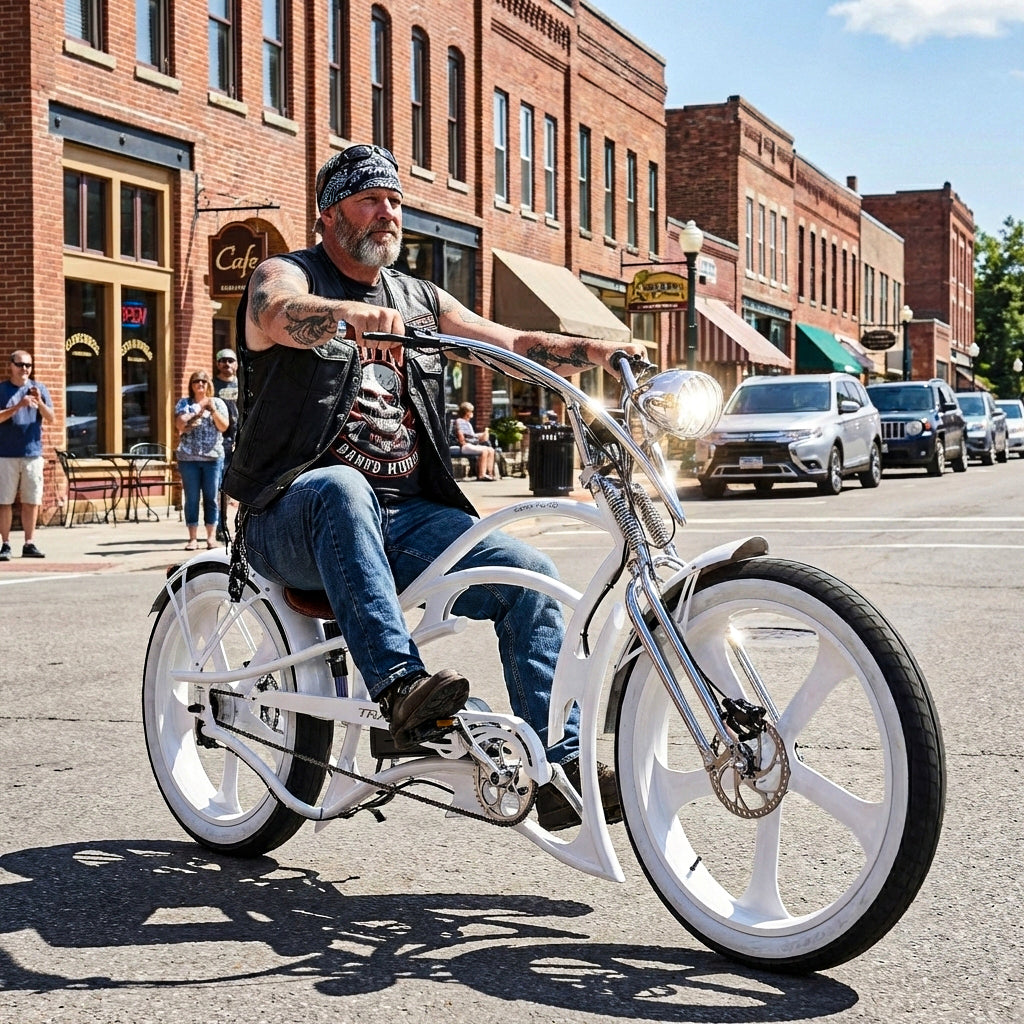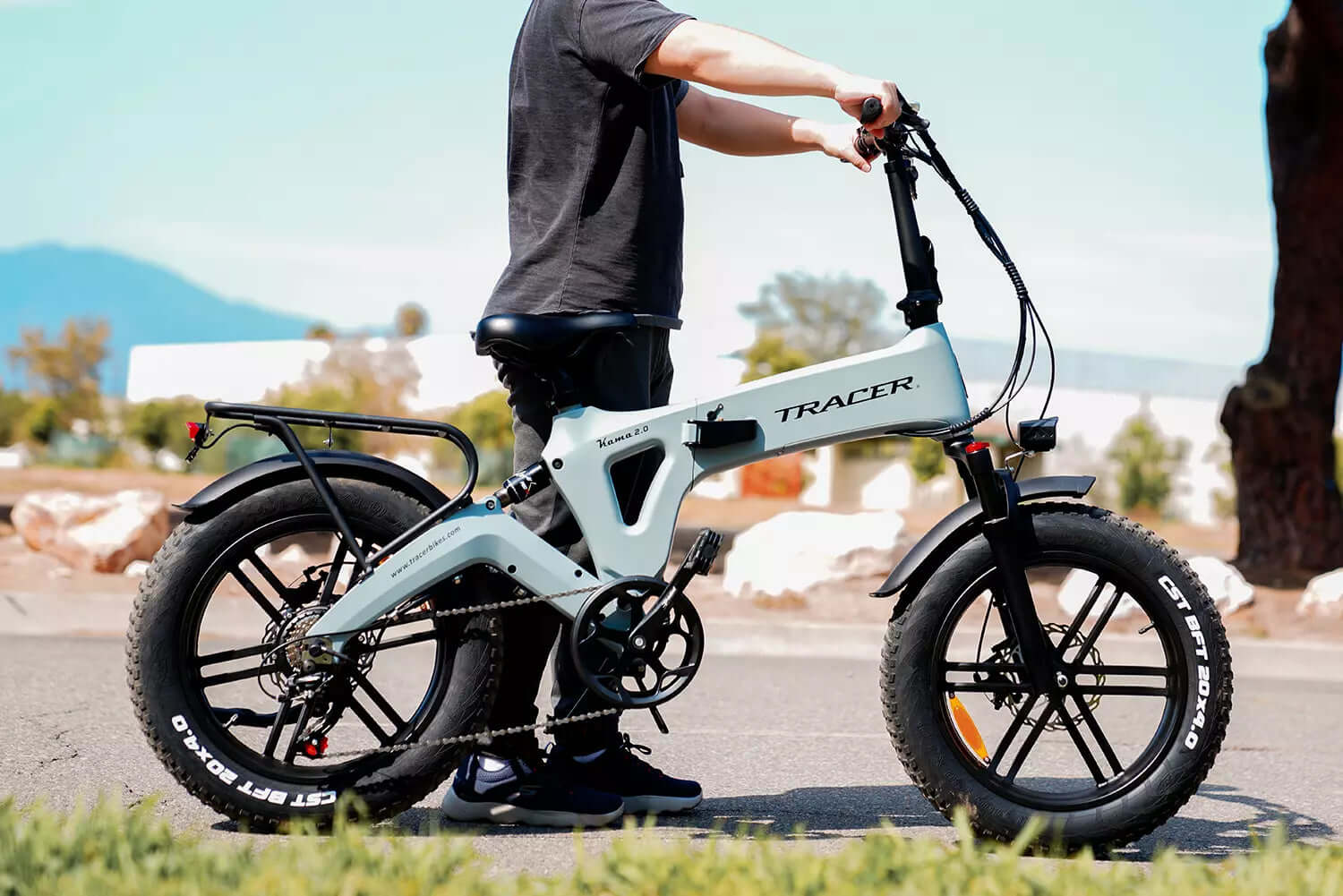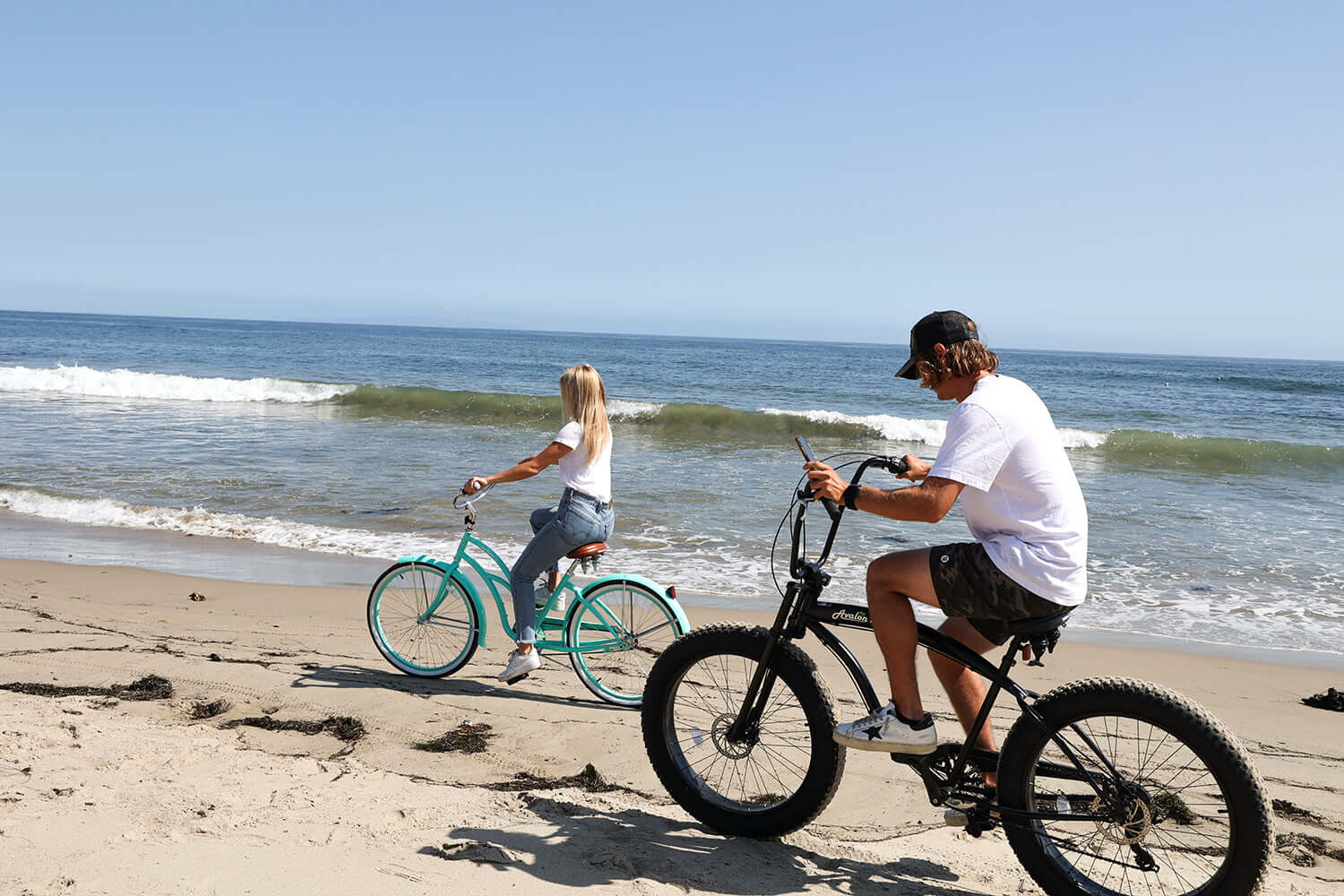E-bike hub motors, the integral powerhouses nestled within bicycle wheel hubs, are revolutionizing eco-friendly transportation. Designed to provide robust propulsion, these motors are making cycling effortlessly efficient. In this article, we delve into the workings of e-bike hub motors and explore the advantages they offer.
Introduction to E-Bike Hub Motors
E-bike hub motors involve the seamless integration of an electric motor directly into the wheel hub of a bicycle, typically either the front or rear wheel. This compact motor design has gained popularity in the realm of e-bikes due to its efficiency, simplicity, and ease of installation.
Two Common Types of Hub Motors
- Front Hub Motors: These are installed within the front wheel hub. Once activated, the motor directly propels the front wheel, assisting in forward motion. This installation type is relatively straightforward as it doesn't necessitate modifications to the existing bike's drivetrain components like chains and gears. However, on uneven terrain, front hub motors might impact stability and traction.
- Rear Hub Motors: Installed within the rear wheel hub, rear hub motors drive the wheel directly to provide propulsion. In comparison to front hub motors, this configuration often offers better balance and maneuverability. However, due to involvement with elements like the bike's rear derailleur, chain, and gears, installing rear hub motors can be more complex.
Pros and Cons Overview
Advantages of hub motors include:
- Simplicity and Practicality: Installing hub motors is convenient, making them a suitable choice for converting regular bicycles into e-bikes.
- Low Maintenance Costs: Brushless designs reduce wear and tear, resulting in lower maintenance costs compared to traditional internal combustion engines.
- Discreet Appearance: Hub motors are inconspicuous, blending seamlessly with the bicycle's aesthetics and making electric assistance less noticeable.
- Instant Responsiveness: Hub motors directly drive the wheel, enabling instant acceleration and a more natural riding experience.
However, the following drawbacks must also be considered:
- Weight Distribution: Hub motors could impact the bike's weight distribution, potentially leading to instability, especially with front hub motors.
- Unsprung Weight: Integrating motors into the hub adds unsprung weight, which might affect suspension performance and overall ride quality.
- Limited Gear Range: Hub motors lack the gear-shifting capabilities of conventional drivetrains, potentially limiting efficiency on steep inclines or at high speeds.
- Heat Management: Hub motors generate heat; inadequate heat management could lead to reduced efficiency or even motor damage.
In conclusion, e-bike hub motors are transforming cycling by integrating electric power into wheel hubs, providing efficient and convenient travel options. However, when selecting the appropriate motor type for one's riding needs, it's essential to weigh their pros and cons to ensure the optimal riding experience.






Leave a comment
This site is protected by hCaptcha and the hCaptcha Privacy Policy and Terms of Service apply.